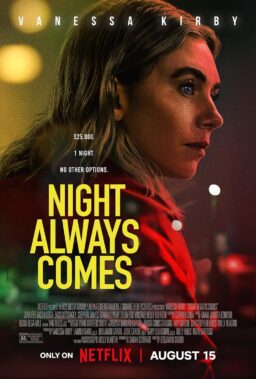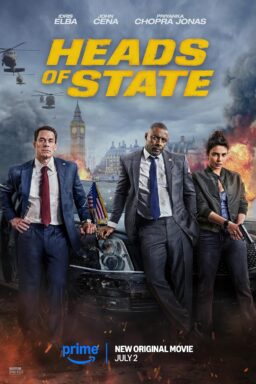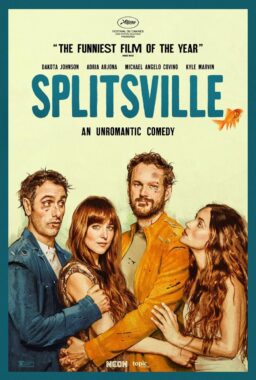
Claude Rains
Claude Rains Movie Reviews
No reviews found.
Blog Posts That Mention Claude Rains


The 11 Best Body-Swap Movies, Ranked
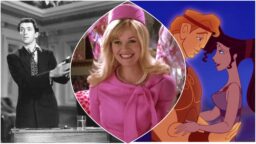
The Idealist’s Journey
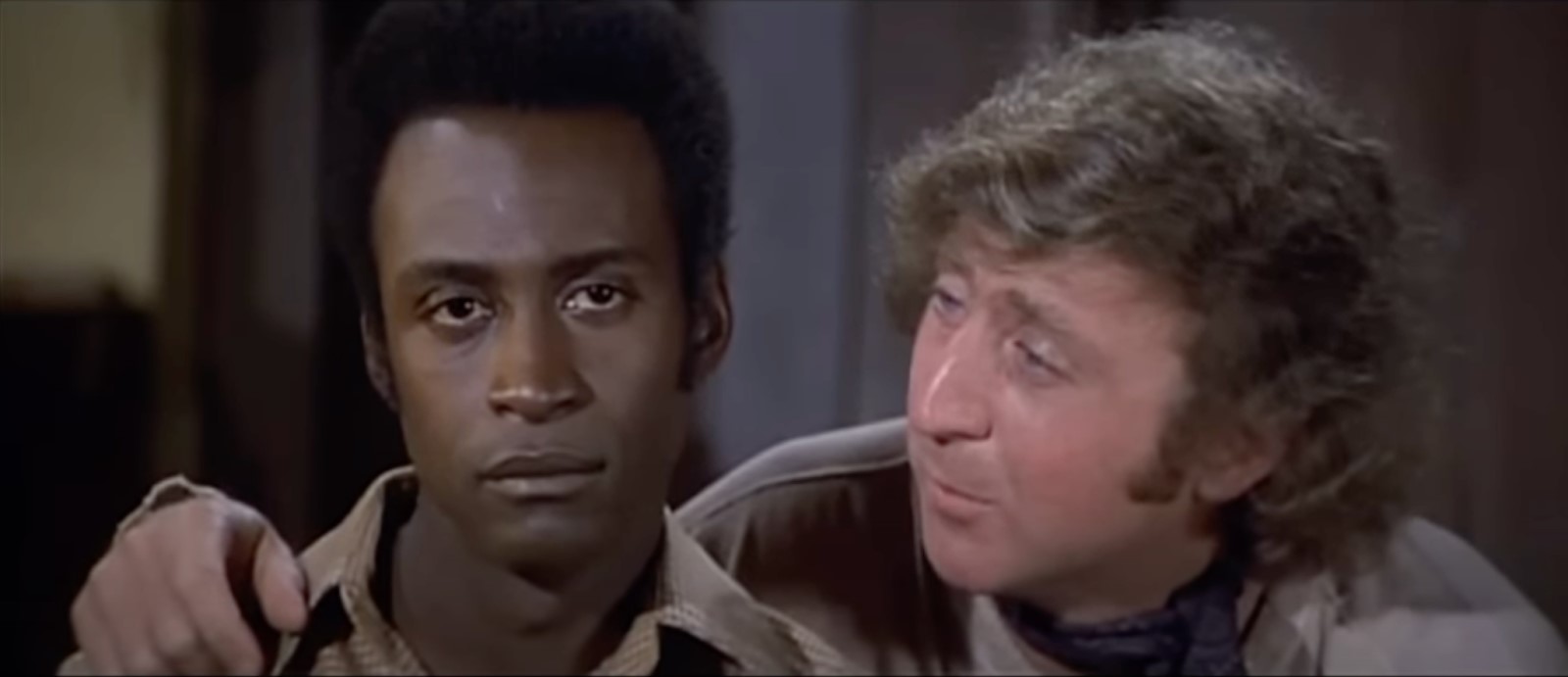
The Throwaway Scene That Gives Blazing Saddles Its Warm Heart
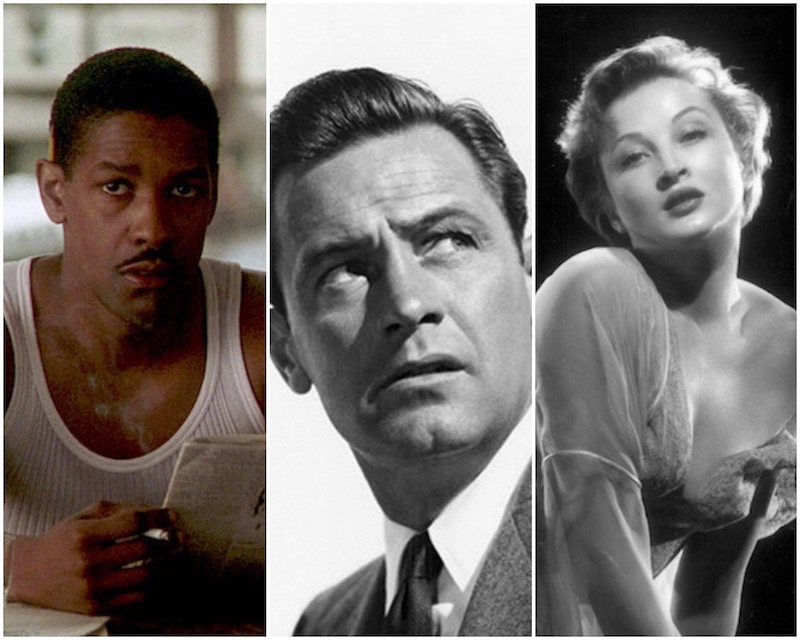
Out of the Past: Noir City: Chicago is Back for 10th Year
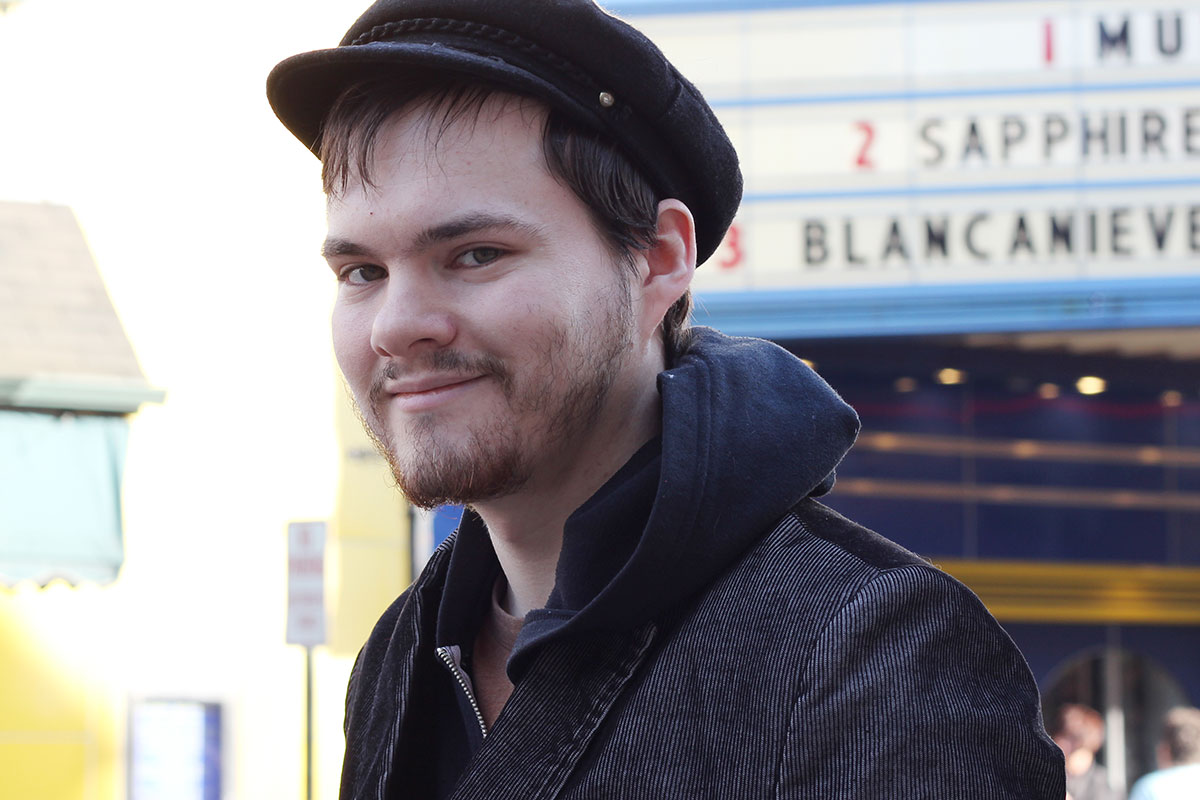
Meet the Writers: Scout Tafoya
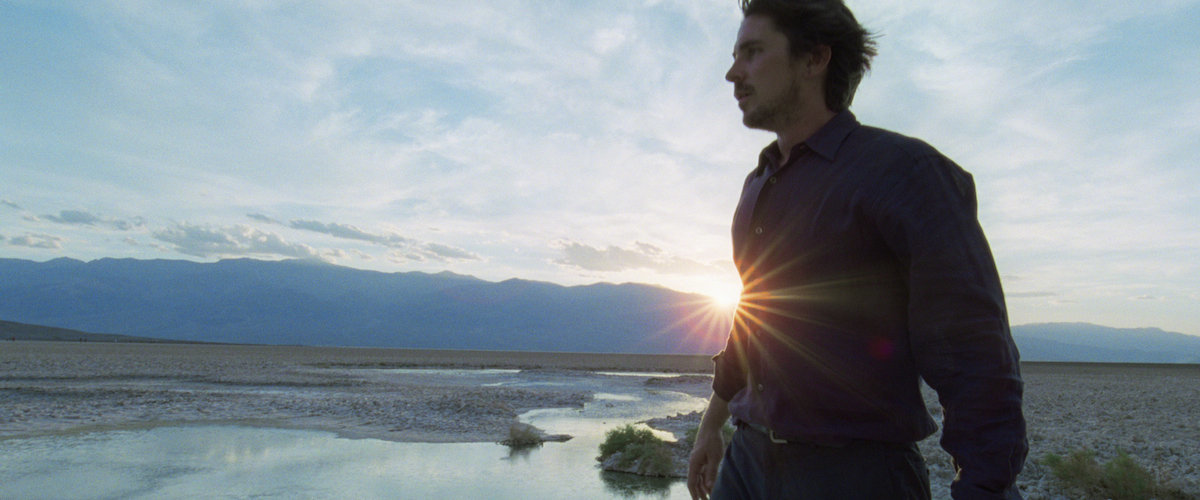
Home Entertainment Consumer Guide: June 23, 2016
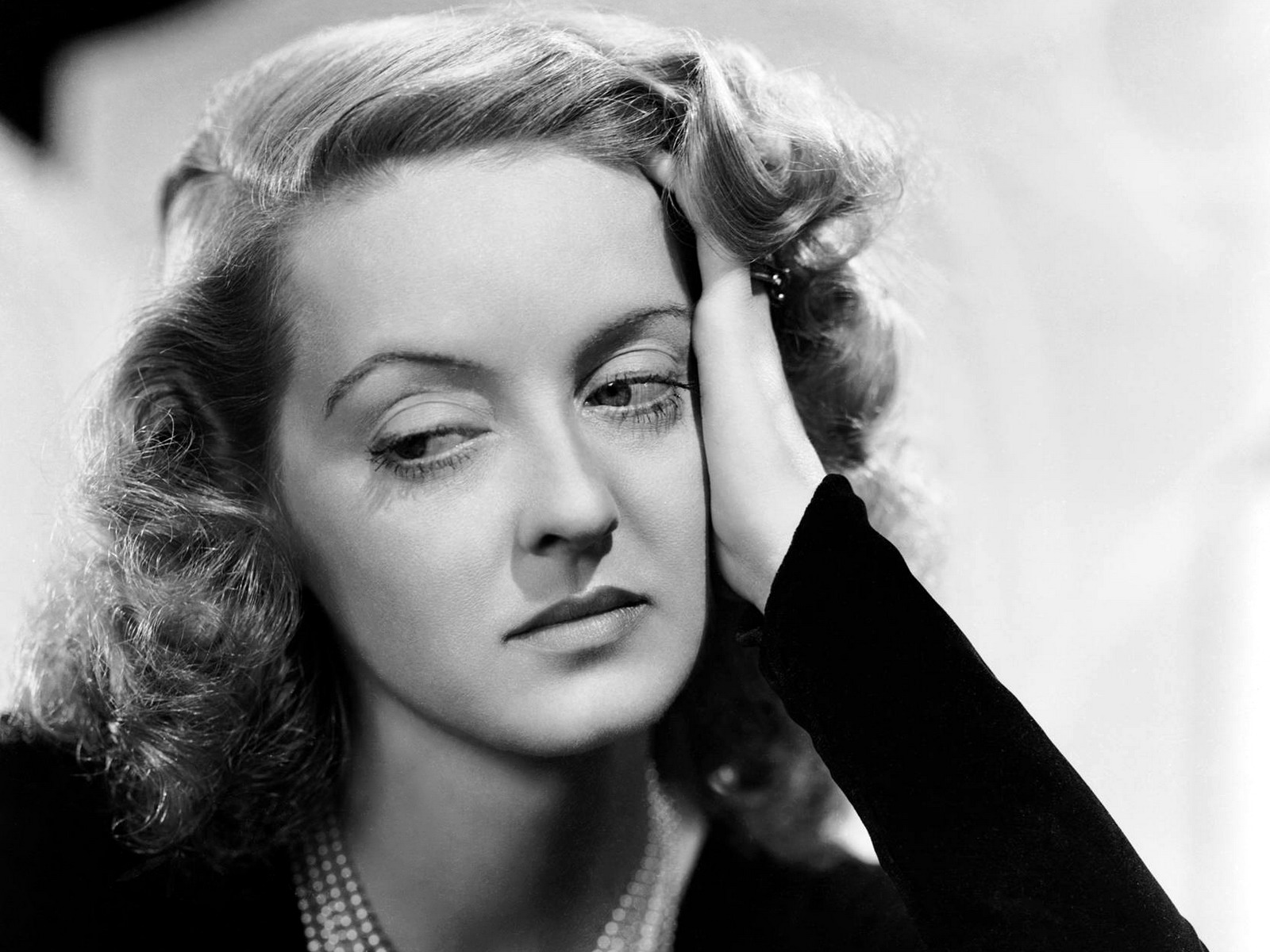
Bette Davis: Cinematic Medusa
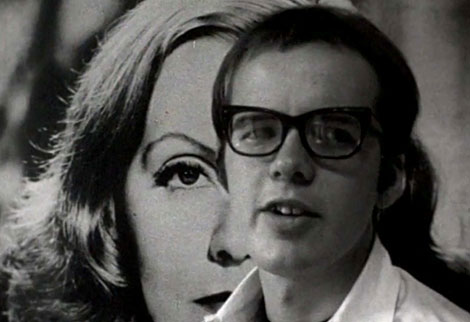
Medium For a Dead Person: Mark Rappaport Comes to Fandor
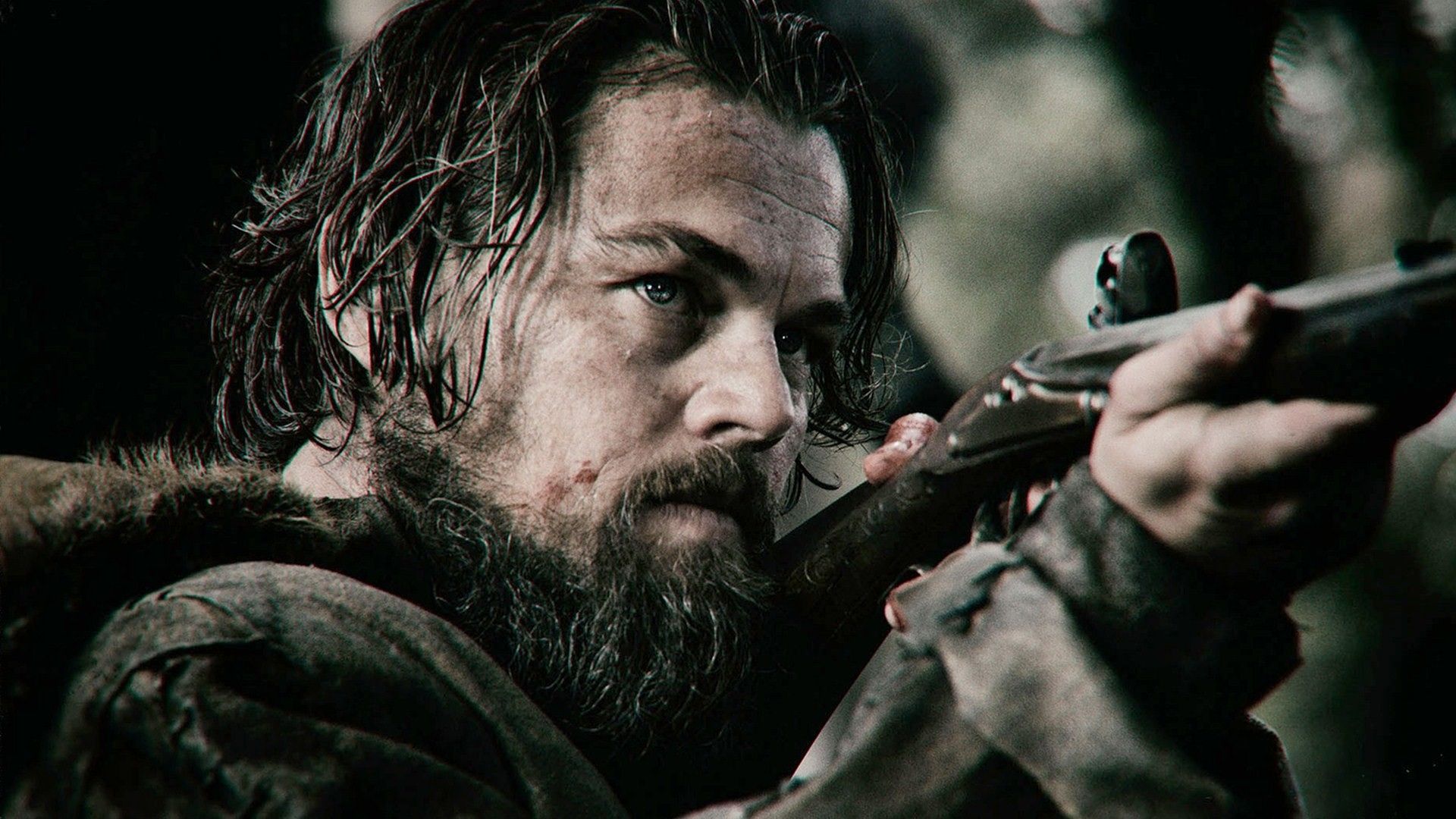
Best Actor: The Battle of the Overdue
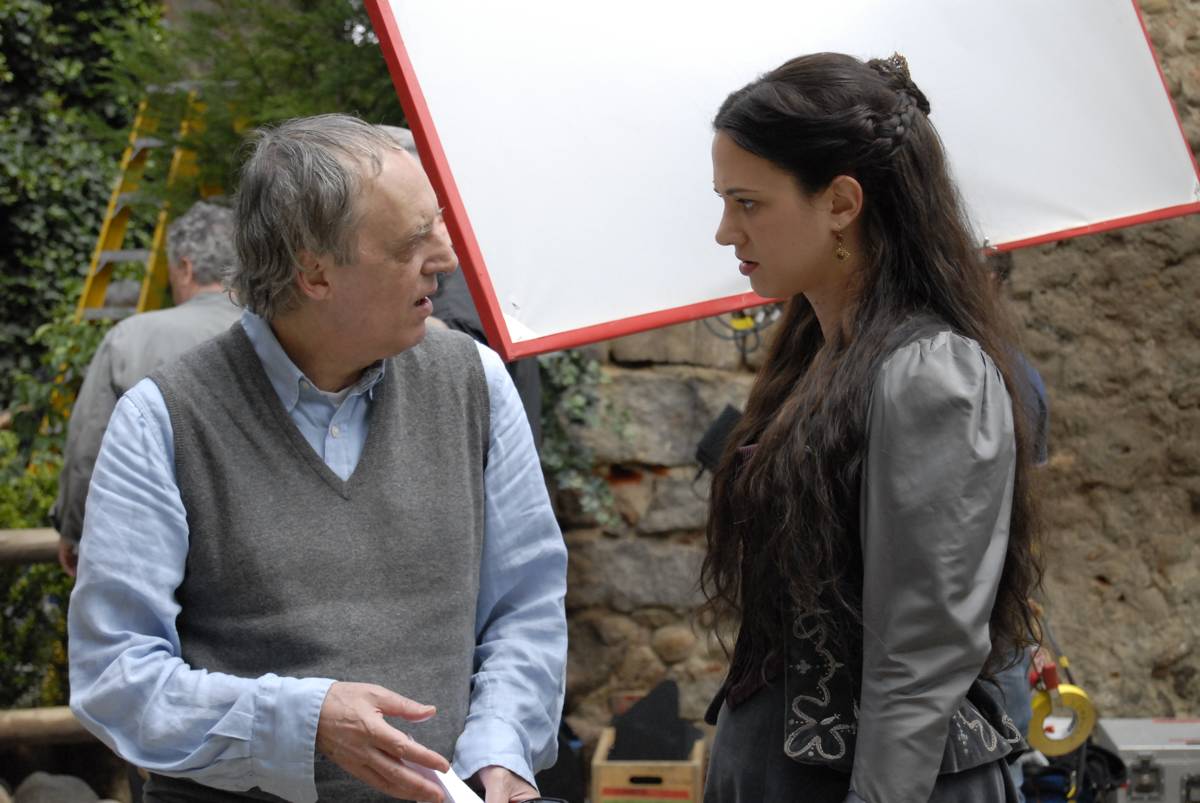
Dario Argento on “Dracula” and Horror

“I would be in love with Rick”

New Hitchcock prints get festival treatment
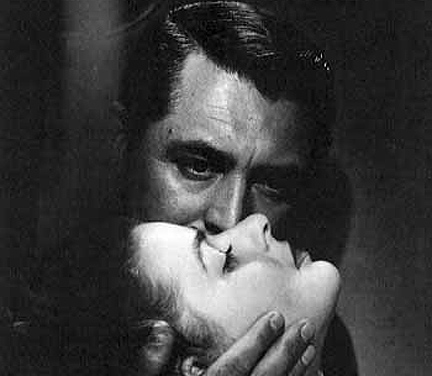
Ten Greatest Films of All Time
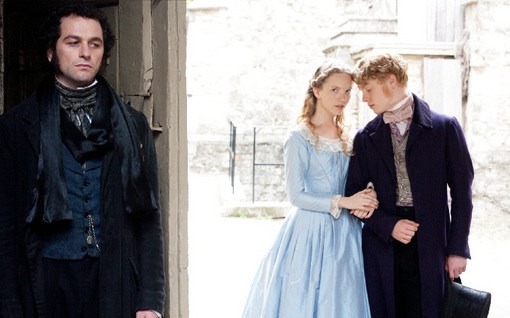
Edwin Drood: Cold Case Reopened

How to read a movie

Outdoor film festival salutes Mickey Mouse, Brando, Grant

Q&A: Clinton on movies
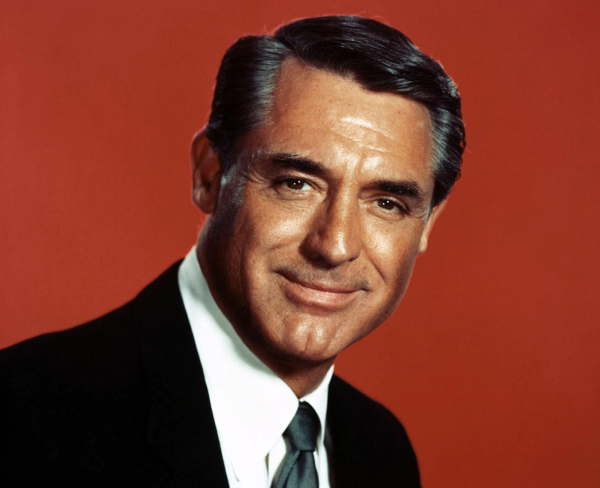
In Memory: Cary Grant 1904-1986
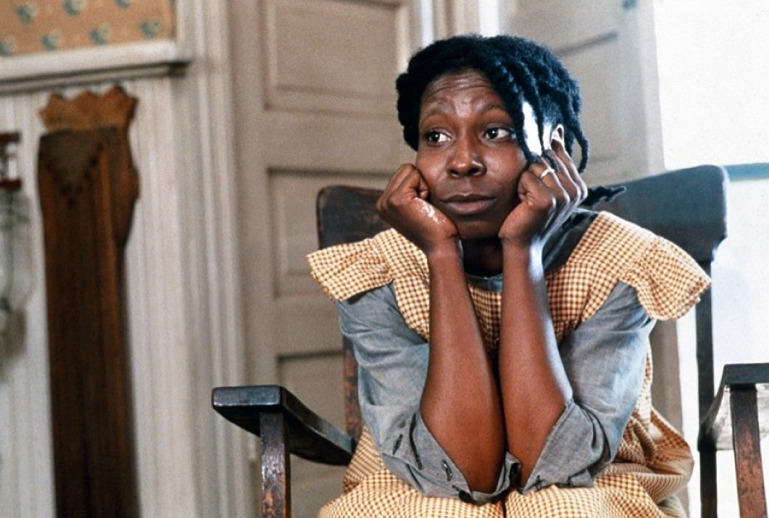
Whoopi Goldberg: “The Color Purple”
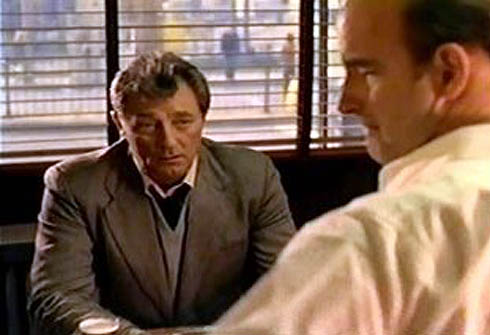
Robert Mitchum: “How high are we?”
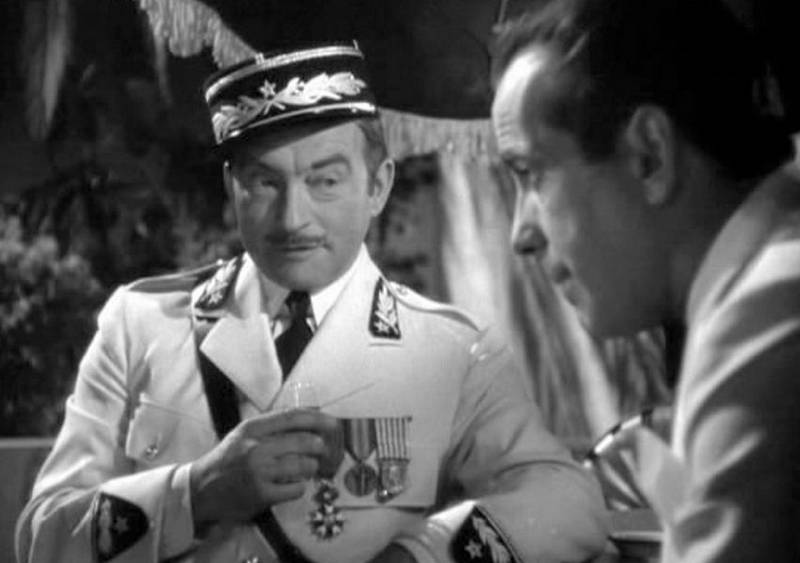
When a sigh is not just a sigh

Movie Answer Man (09/22/1996)




